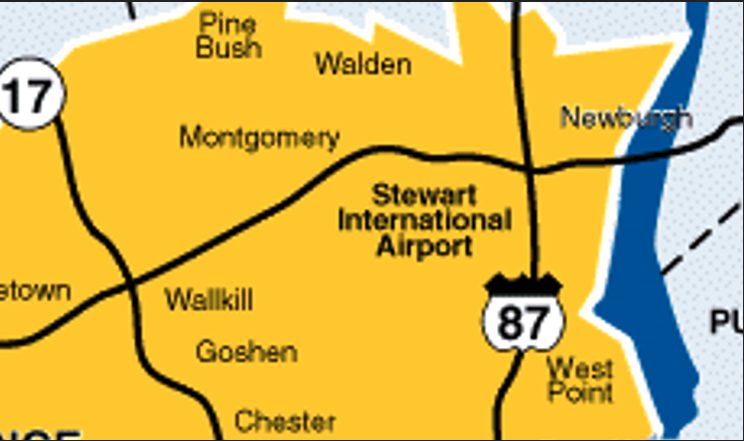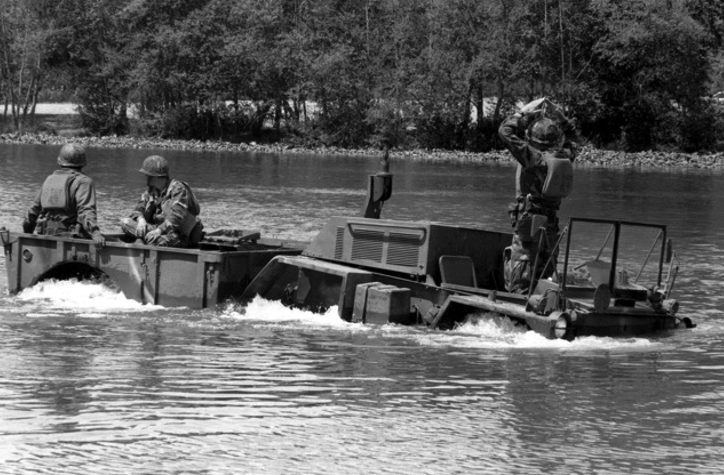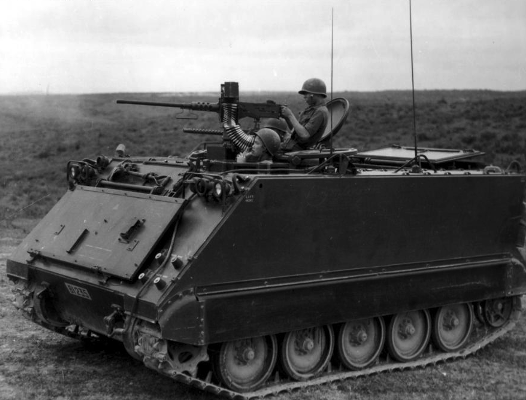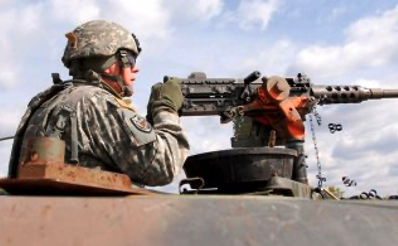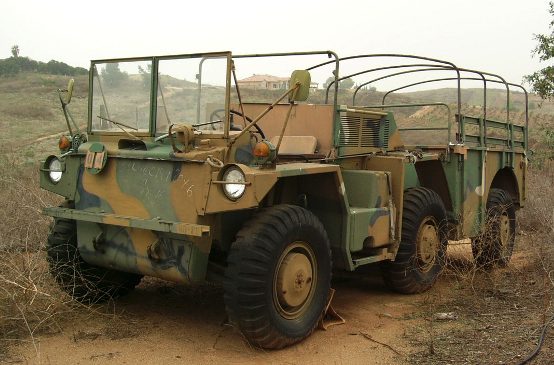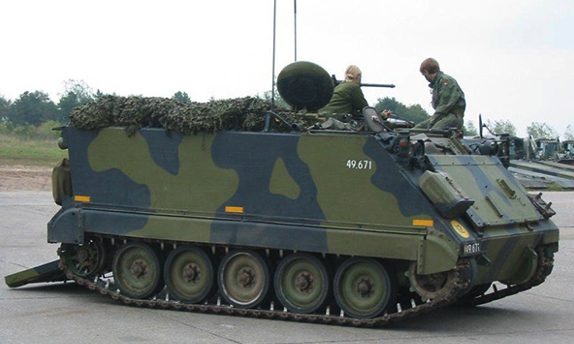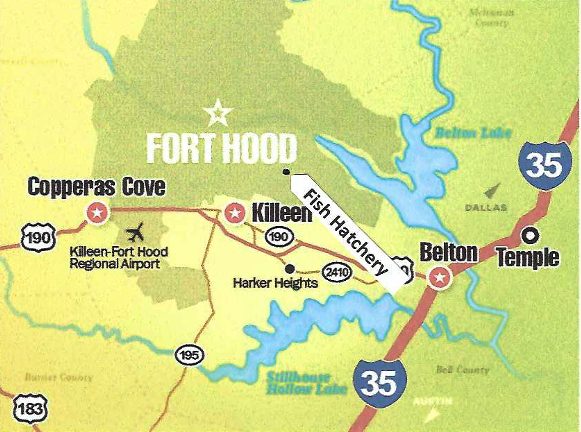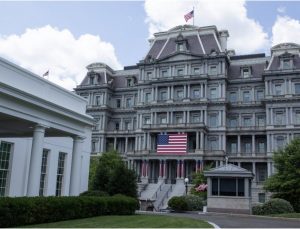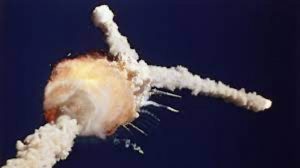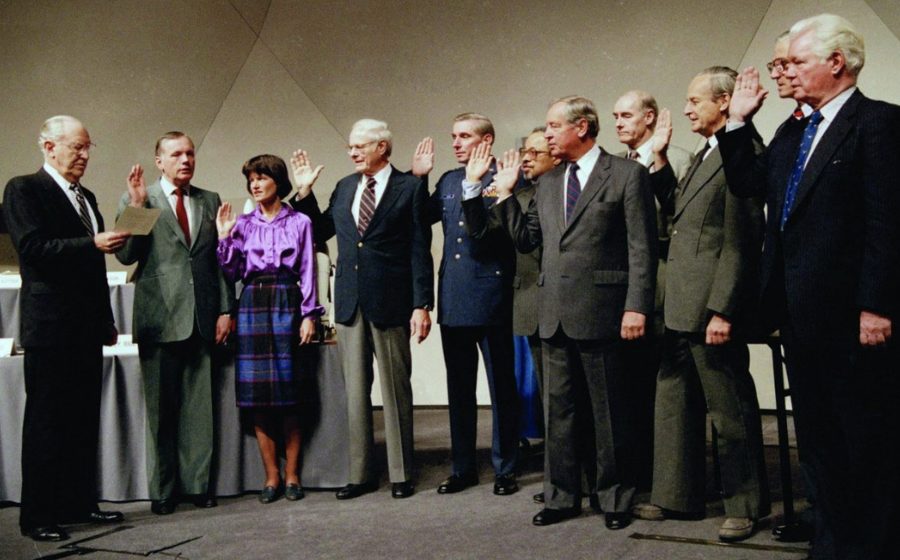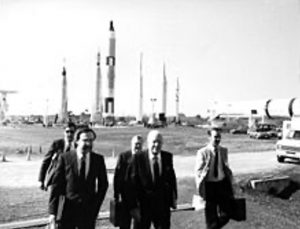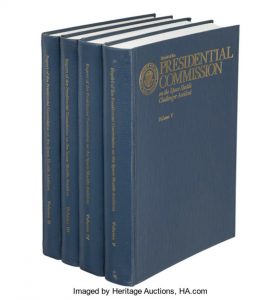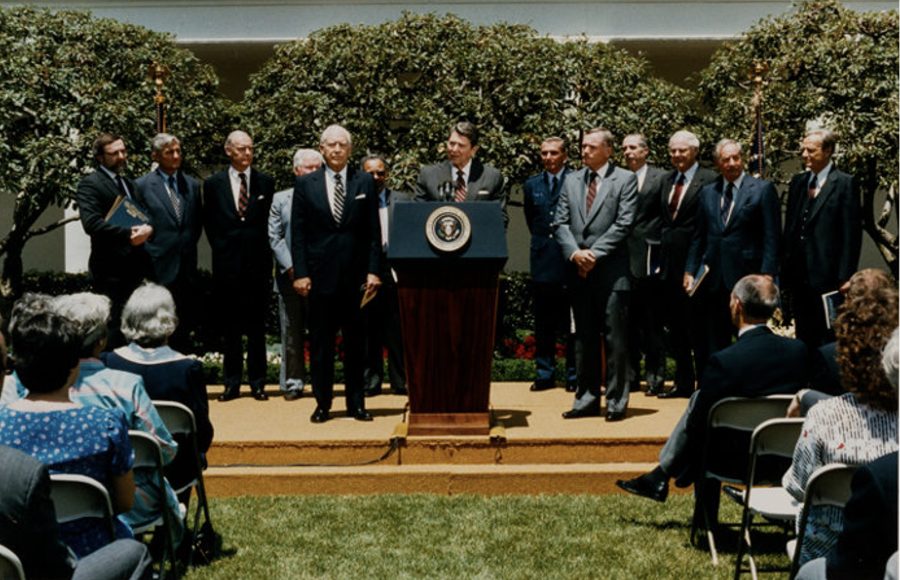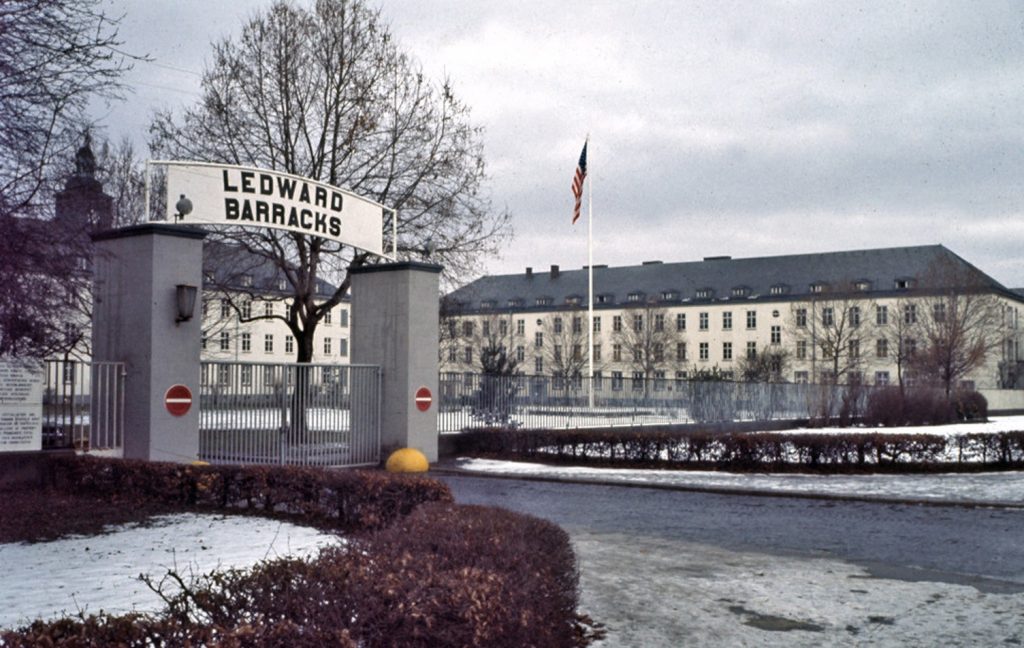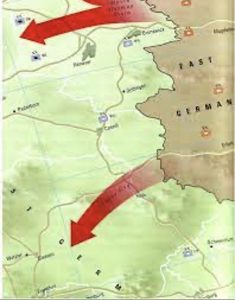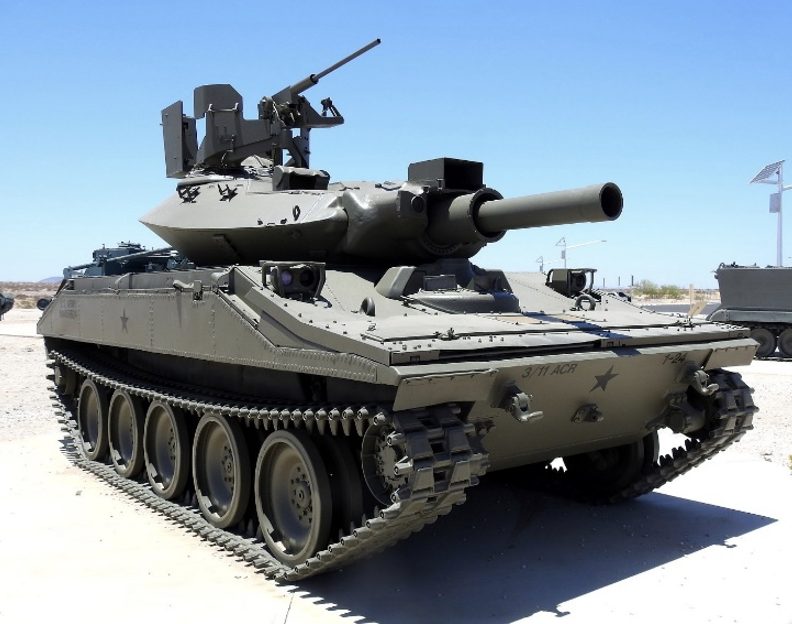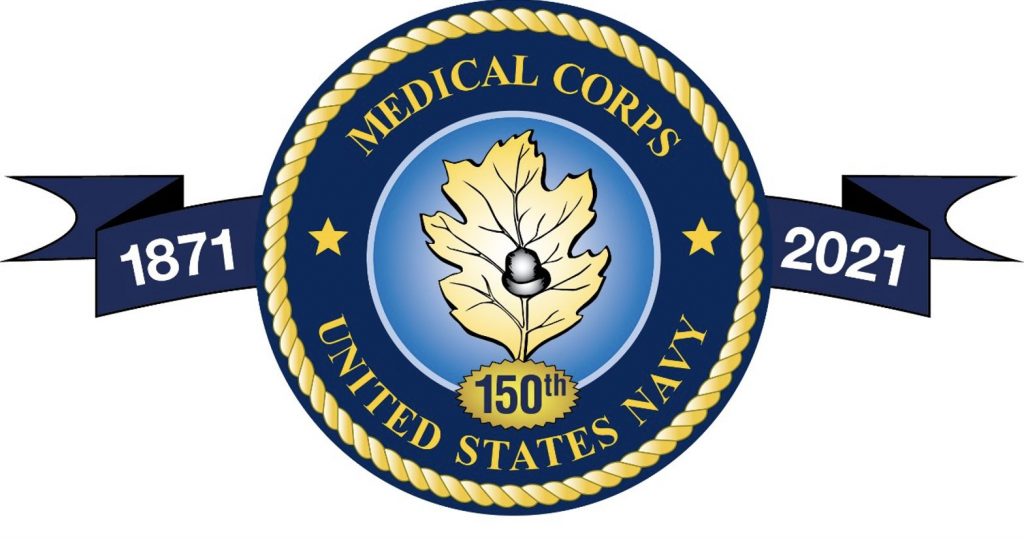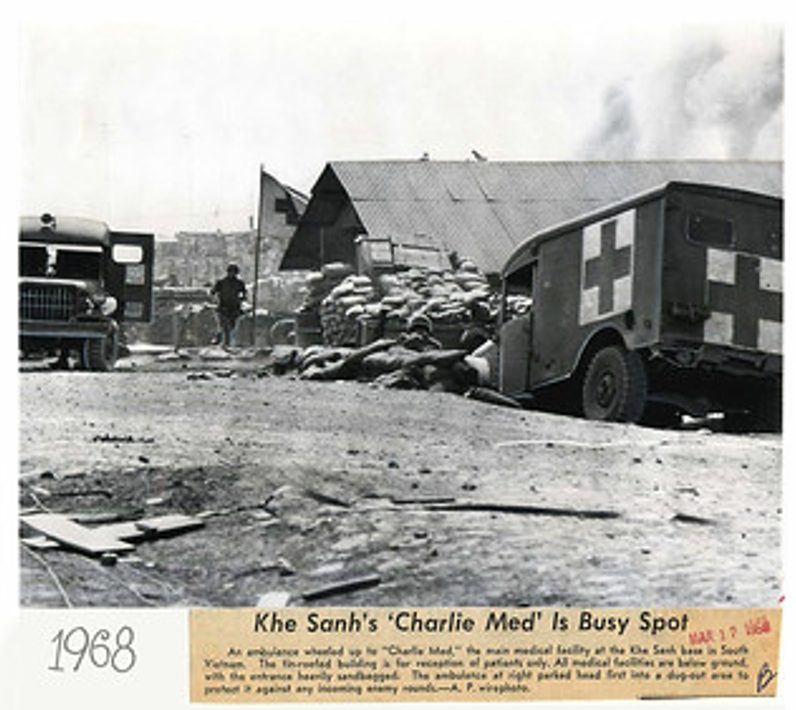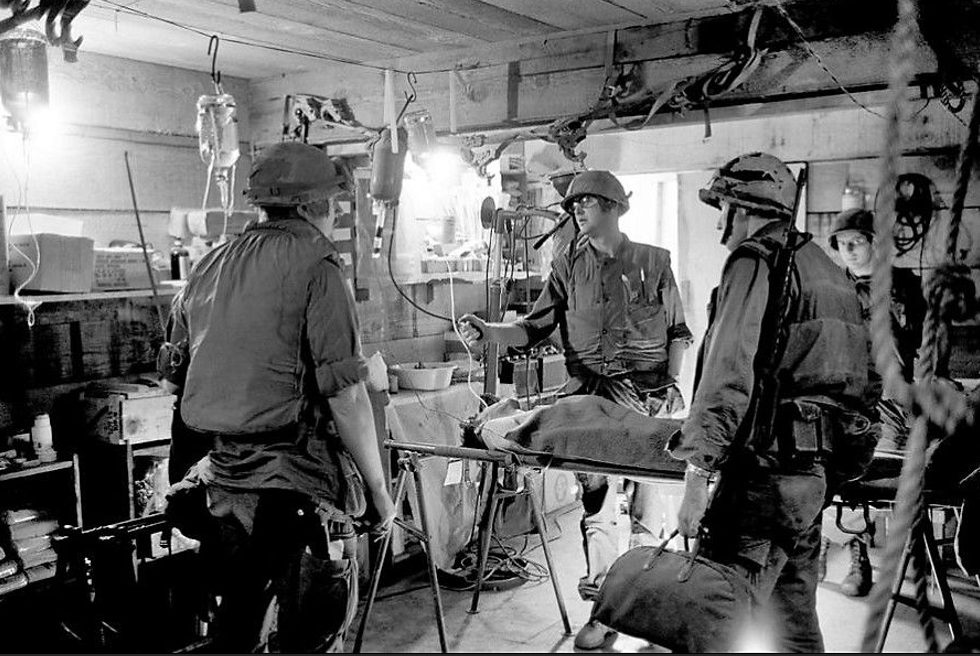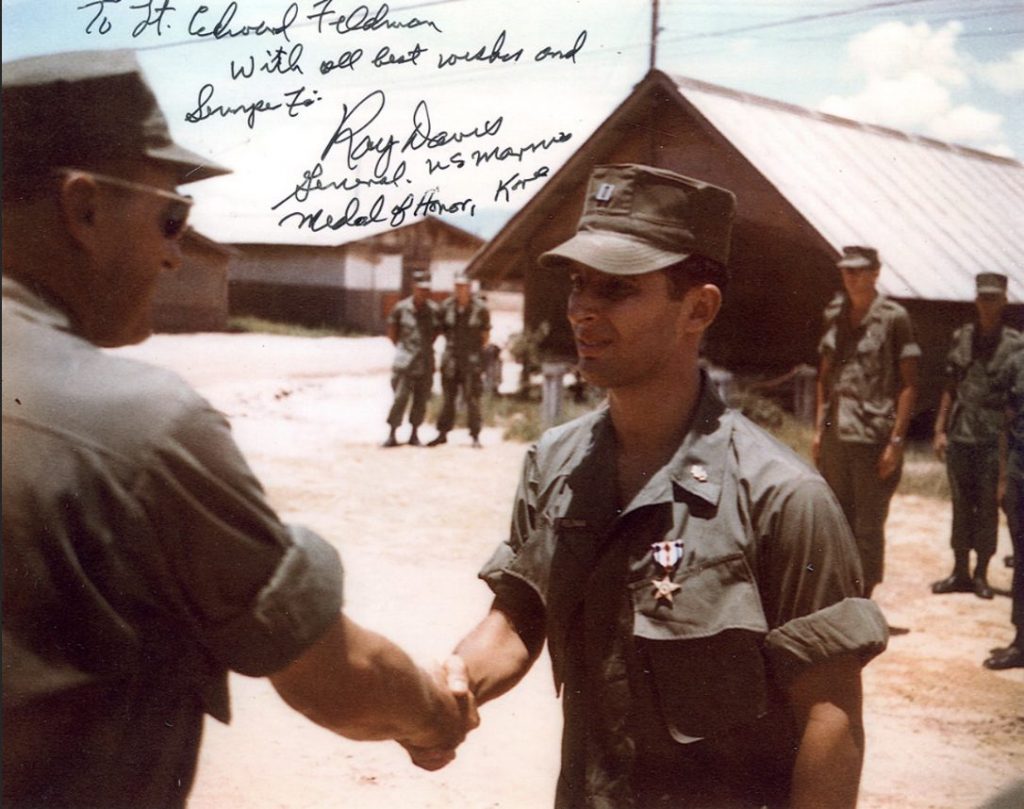When I began to think about “What West Point Means to Me”, for some strange reason I had a flashback of that songs by the Animals, “We Gotta Get Out of This Place.” I know that sounds terrible, but I could also see everyone rushing to the dance floor and we still dance to it at reunions. Was it really that bad or were we in such a hurry to get on with our lives? Maybe a little bit of both.
For the guys, it may have been the restrictions, especially for the times when many former high school classmates were having an entirely different college experience. For most of the ladies, completing our degrees, starting a career and maybe a wedding, were what we saw in the not-too-distant future.
Our first assignment was the Armor Basic Course at Fort Knox, KY, distinctly different from West Point. I was definitely out of my element, a newlywed, living far from home, learning what was expected of an army wife. I read Mrs.Lieutenant from cover to cover, and it didn’t make me feel any better. Maybe, West Point wasn’t that bad after all and maybe because it was familiar. Everyone from Cadet Company A-2 was dispersed to their basic courses or grad school. I did enjoy meeting new people but missed those faces that I became so attached to and treasured. Most of the wives were just as uncertain about Army life as I was, so there was a common bond we all tried to appreciate. Hats and gloves were the order of the day and we looked like those old Avon Lady commercials. It was 1969-70, for goodness sake. No one wore hats and gloves. Bell-bottom pants, fringed jackets and love beads were what civilians wore. Somehow, we managed to pull it off for those important receptions we were expected to attend. We donned our post-wedding going-away outfits and a wretched hat that didn’t match anything.
In late 1971, we returned from Germany with infant twins and Denny left for Vietnam. I chose to live at a former air force base that was now called Stewart Airport. Much of the military housing left behind was set aside for “waiting wives,” my new title apparently, not much better than “dependent.” That little community also included professors and their families who were waiting for quarters* and any other overflow military folks that could not be accommodated immediately at West Point. It turned out to be a good experience. My parents lived nearby, and I was 20 minutes from the gate at West Point. The Army maintained my adequate quarters. At Stewart Airport, we had a small commissary** and PX***, nursery/daycare and a medical clinic headed by a pediatrician which was very convenient. The Military Police would circle the housing area at least once every hour and our long-haired dachshund was often picked up by them for wondering off the tiny lawn. It was always a little disturbing to see a big, tall MP standing at my door with Oscar sitting calmly beside him. I couldn’t always get everyone inside in a timely fashion after a walk – two babies and a twin stroller that refused to collapse easily; maybe, that poor dog was just forgotten in the turmoil.
Occasionally, I would go to the larger facilities at West Point and just driving through the post brought back fond memories and even some comfort for a “waiting wife.”
It seems like so long ago. Those infants are now 50 years old. The unique experience of West Point still pulls us together as a couple, along with the Company A-2 “fraternity,” and all the other classmates and grads we have met along the way. I’m so proud that my husband attended one of the highest-rated colleges in the country leading him to a 20-year military career, but it means so much more.
And finally, full disclosure, I listen to a 60’s station on my car radio and when I hear the first few bars of that song by the Animals, I still get a big smile on face. I can’t help it!
*term used for residential housing on a military post or base
**Army grocery store
*** post exchange – a small department store
